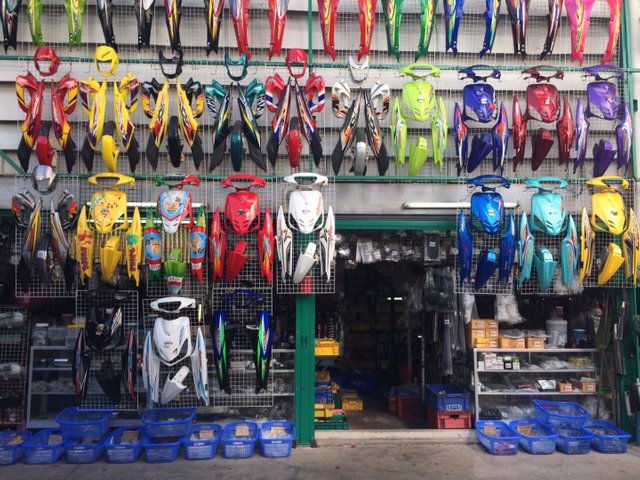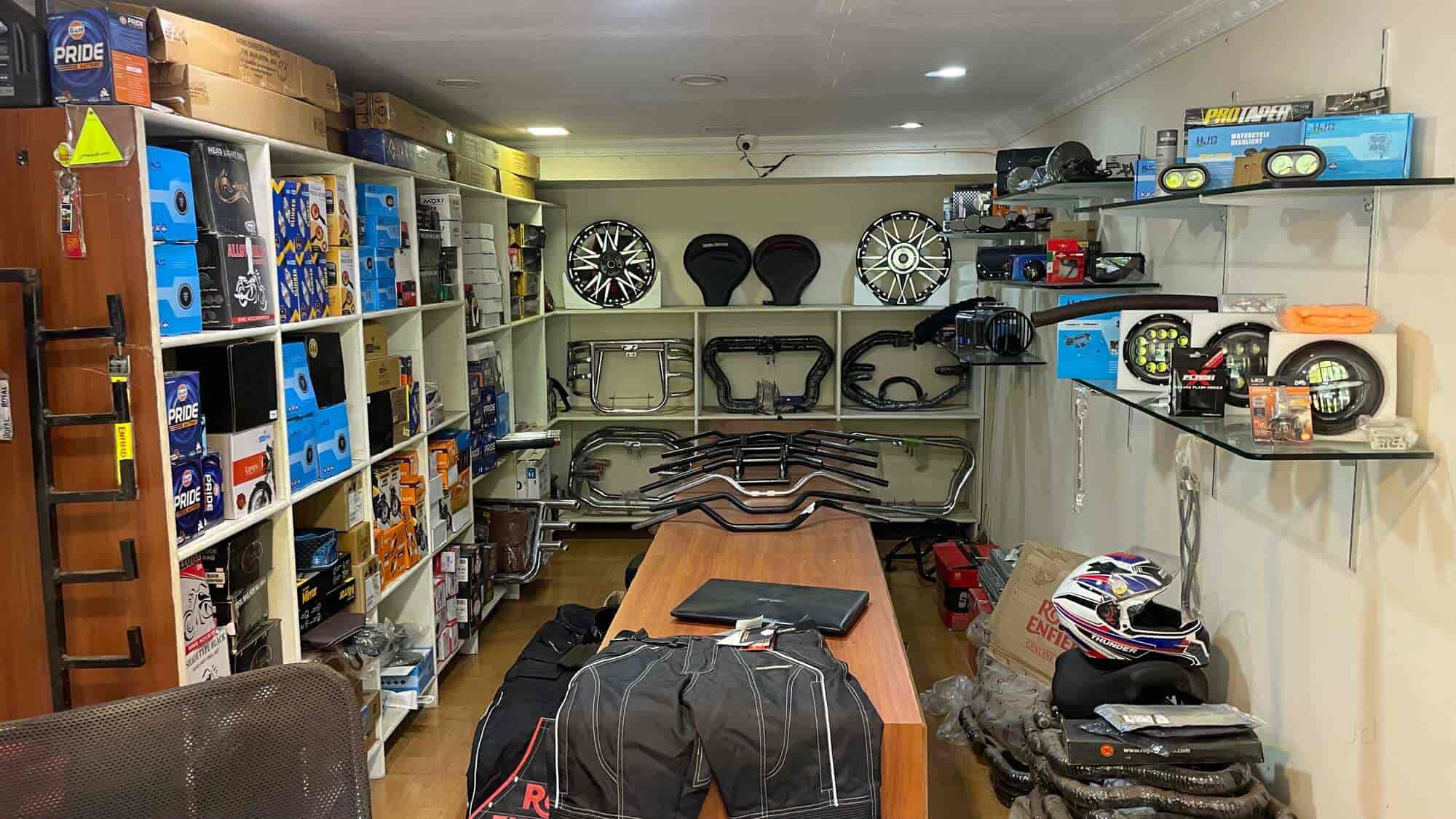Locate Competitive Rates on Motocross Parts NZ for Every Bike
Locate Competitive Rates on Motocross Parts NZ for Every Bike
Blog Article
Mastering Motorbike Gears: Exactly How to Optimize Your Riding Experience
In the realm of motorcycling, understanding the art of equipment manipulation is vital for enhancing your riding performance. Properly using and recognizing motorbike equipments can considerably impact control, gas, and velocity effectiveness, changing an average ride right into a seamless, exhilarating journey. By incorporating exact shift timing and adjusting gear option to numerous road problems, bikers can make certain ideal engine performance and security. The nuances of clutch control, throttle sychronisation, and equipment technicians beckon a deeper expedition, assuring to unlock the full possibility of your equipment. Exactly how can these methods be harnessed to genuinely enhance your riding experience?
Recognizing Gear Mechanics
At the core of motorcycle dynamics, equipment mechanics play an essential duty in transforming engine power right into movement, eventually determining speed and control. The equipment ratios, carefully made, establish the relationship in between engine revolutions and wheel turns, impacting acceleration and gas performance.
Comprehending gear mechanics begins with acknowledging the relevance of the transmission, which houses numerous equipments of varying sizes. These gears engage with a procedure understood as meshing, where teeth of various gears involve to send power. The accuracy of this interaction is crucial; any imbalance or damages can cause inefficient power transfer, impeding efficiency. Furthermore, the setup and size of equipments affect the motorcycle's capacity to handle different loads and speeds.
In addition, the principle of gear shifting is indispensable to optimizing efficiency. Prompt and smooth shifts make certain that the engine runs within its optimal power band, stopping unnecessary pressure and improving longevity (motocross gear). By understanding these mechanical ins and outs, bikers can attain an unified mix of control, power, and efficiency, raising their riding experience
Timing Your Shifts
Change timing proficiency is necessary for enhancing bike performance and improving the riding experience. Properly timed shifts ensure that the engine operates within its ideal power band, which is vital for keeping control, achieving smooth velocity, and ensuring the durability of the motorbike. Riders need to develop an user-friendly sense of when to change equipments, which includes comprehending the connection between engine changes per minute (RPM) and speed.
To understand shift timing, pay very close attention to the engine's audio and really feel, as these give essential hints concerning when to alter equipments. When the engine approaches the upper array of its power band without reaching the redline, the ideal change factor usually occurs - motorbike shop. Moving prematurely can result in an absence of power, while changing far too late may trigger unneeded engine stress
Additionally, road problems and riding design influence change timing. As an example, in urban settings, smoother and extra constant changes might be required to navigate traffic successfully. On the other hand, during highway riding, fewer changes at higher speeds can be better. Practicing in varied environments will certainly boost your capacity to time changes precisely, eventually raising your riding experience to a specialist degree.
Enhancing Fuel Efficiency
While understanding motorbike gears is critical for efficiency, boosting fuel performance is similarly vital for both environmental and economic reasons. Ideal fuel consumption not only minimizes functional costs yet also minimizes the ecological footprint of riding. To achieve this, one need to recognize the detailed relationship between equipment option and engine efficiency.
Firstly, selecting the best gear at appropriate rates can considerably influence gas intake. Riding in a higher equipment at reduced speeds can result in engine lugging, which is detrimental to both fuel economy and engine wellness. On the other hand, riding in lower equipments at broadband leads to unneeded gas consumption. Therefore, keeping an ideal balance by shifting gears abreast with roadway problems and anticipated maneuvers is essential.
Furthermore, normal maintenance plays an essential duty in gas effectiveness. Making sure that the bike is well-tuned, with tidy air filters and appropriately you can find out more inflated tires, can boost the rules of aerodynamics and lower gas wastefulness. Embracing a riding style that welcomes steady velocity and smooth deceleration can add to much better gas economy.

Strategies for Smooth Transitions
Attaining smooth gear transitions is fundamental to boosting the riding experience and making certain the durability of a bike's transmission system. Proper gear changing not only contributes to a seamless adventure yet additionally reduces wear and tear on the mechanical components. To master the art of smooth changes, cyclists need to concentrate on a few crucial techniques.

Secondly, clutch control plays a pivotal function. Engaging and disengaging the clutch smoothly calls for method. The clutch bar should be launched slowly, permitting for a seamless transfer of power from the engine to the wheels without triggering a jolt or abrupt motion.

Adjusting to Roadway Conditions
Browsing diverse roadway conditions is a critical skill for any kind of motorcyclist intending to maintain control and security. Whether you're riding on wet surface areas, gravel roads, or browsing sharp turns, your ability to adjust your equipment use and riding method is paramount. Comprehending exactly how to adjust click here now your equipments properly can considerably influence traction and security, making sure a safer trip.
On wet roads, it is suggested to keep greater gears to minimize torque and reduce wheel spin. This approach helps keep hold on slippery surfaces, enabling smoother acceleration and slowdown. In comparison, when riding on crushed rock or uneven terrain, reduced gears are preferable. Reduced gears offer much better control and allow you to react even more promptly to unanticipated modifications in the road surface area.
Sharp curves demand accurate equipment management to stabilize rate and control. Downshifting prior to going into a curve can assist keep momentum while ensuring the motorbike remains steady throughout the turn. Consistent technique in different conditions boosts your capacity to react and anticipate to adjustments in road appearance and slope.
Verdict
Understanding motorbike equipments substantially boosts the riding experience by improving gas, acceleration, and control effectiveness. Adapting gear choice to numerous roadway problems, such as using higher equipments on damp surface areas and reduced equipments on crushed rock, more enhances handling and safety.
Understanding gear auto Check Out Your URL mechanics starts with acknowledging the importance of the transmission, which houses numerous gears of differing dimensions. These equipments connect with a process recognized as meshing, where teeth of different equipments involve to transfer power (mx gear nz). Mild adjustments to the throttle during gear changes can protect against jerky activities and preserve a regular riding pace
Whether you're riding on damp surfaces, crushed rock roadways, or browsing sharp turns, your capacity to adjust your equipment usage and riding strategy is paramount. Adjusting equipment choice to numerous roadway problems, such as making use of higher gears on damp surface areas and lower gears on gravel, further improves handling and safety and security.
Report this page